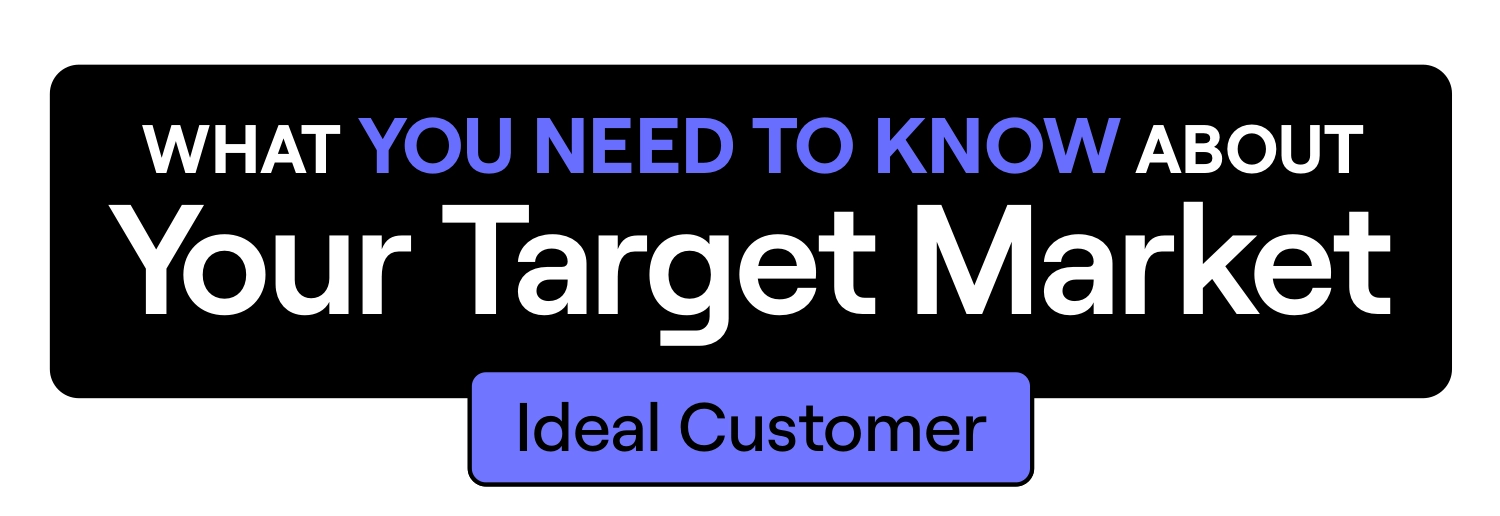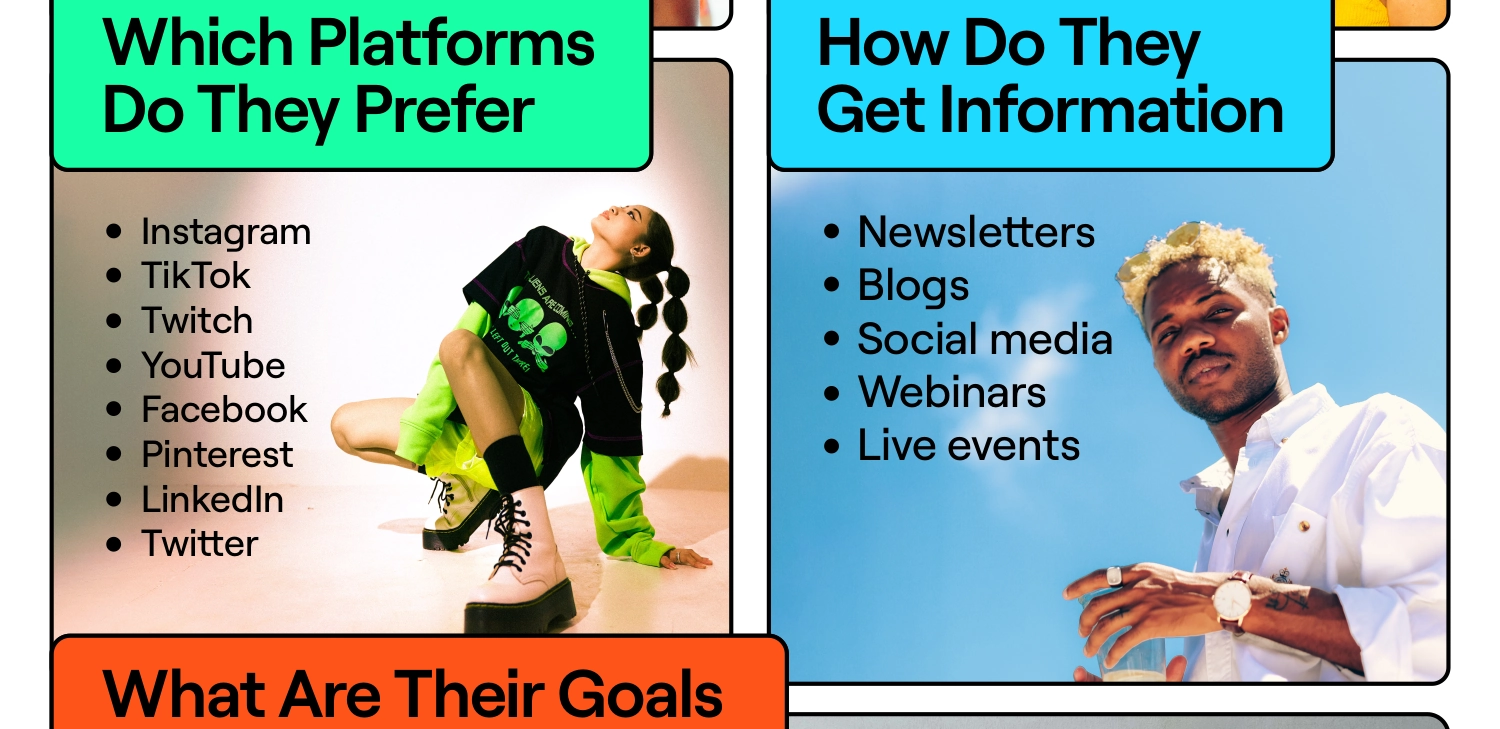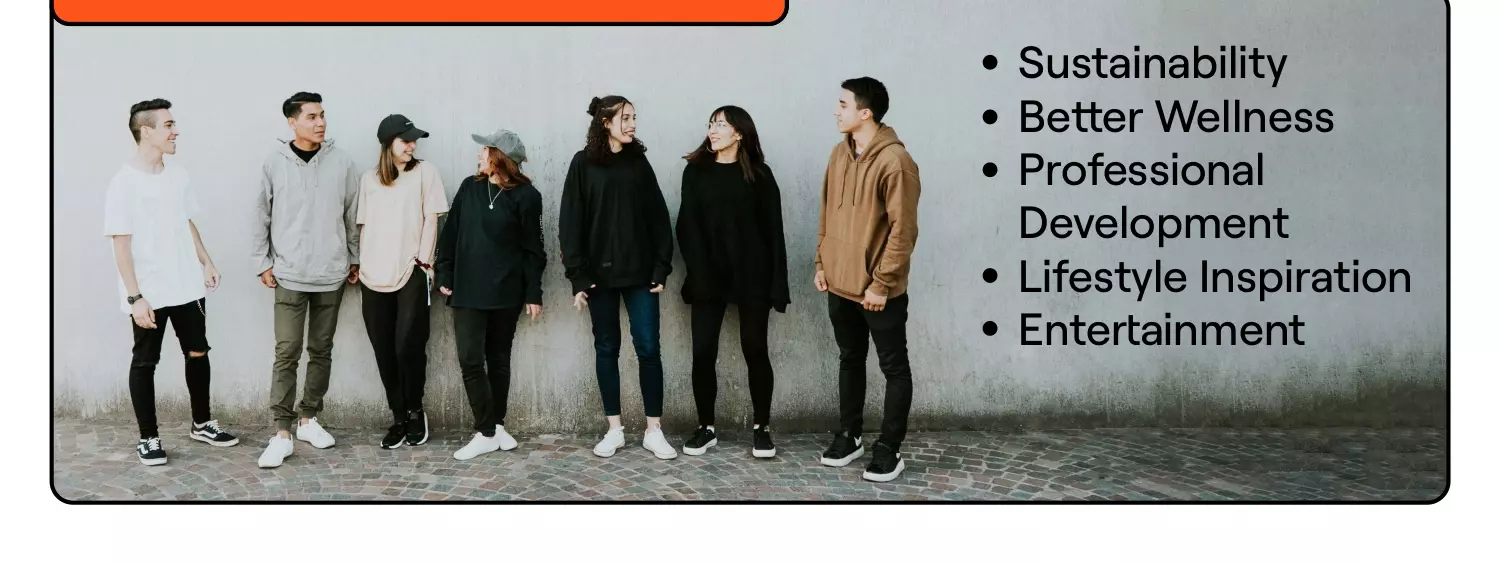Reading Time: 17 Minutes
Today’s household names in DTC and ecommerce know the importance of using social media to tell their brand story and deliver compelling content online. Social networks are the best way to reach a large, targeted group of consumers, and brands cannot survive in today’s digital landscape without participating.
Executing an effective strategy to reach these consumers used to take time and resources that only top brands could afford. But collaborating with social media influencers can cut costs and bandwidth while increasing the overall quality of social media campaigns.
Let’s look at what an effective social media strategy using influencers might look like for your brand.
There was a time when consumers turned to radio and television stations for their source of product information. But in today’s creator economy, they tune into people. This evolution elevates social media creators as the new brand storytellers and allows them to set the tone for brand sentiment online.
Millions of digital creators have built engaged online communities on their favorite social channels. Their stories about the products they love are proven to drive sales and build lasting relationships with consumers in ways that brand-controlled marketing can no longer compete with.
Today, more than 80% of consumers say they are more likely to buy products that creators promote. There is no better time than now to incorporate influencers into your brand’s social media strategy and start leveraging their engaged online communities to drive more conversions than ever before.
IGC occurs any time an influencer posts about your brand online. For brands just starting out marketing on social media with influencers, the most effective and cost-efficient way to get creators to post about your brand is by sending them free products.
Look for creators that align with your brand’s mission and values. Pick the ones you think might benefit from your product or service and be willing to pass recommendations on to their followers.
Once you find one or more creators that have proven to help you progress toward your campaign goals, consider inviting them on for a long-term partnership. This could include additional products for posts, monetary compensation per post, or any other form of payment the two of you agree on ahead of time.
Brands with the ability to inspire audience participation can build their online presence with UGC. This approach generates eight times more engagement than traditional branded content by encouraging followers and fans to drive the online conversation about the company’s products and services.
UGC significantly increases your earned media value. More importantly, it establishes credibility with consumers. UGC is the virtual equivalent of word-of-mouth and enthusiastic customer advocacy.
Pay close attention to your fans posting UGC. If their reach and content quality match your standards, consider reaching out to them to join your creator team.
Because most creators produce studio-quality content without the studio price tag, brands should try to repurpose IGC into paid or sponsored posts whenever possible. UGC from fans who aren’t necessarily involved in your social media strategy directly can often be just as valuable. In both cases, your influencers and fans provide you with honest endorsements that resonate with your target audience.
An organic strategy includes any posts that the brand does not pay or sponsor to reach audiences. The key to a successful organic approach is to use creative ways to increase follower counts and nurture meaningful engagement.
The advantage of an organic strategy is that it is free, even if a post goes viral. The disadvantage of a strictly organic social media approach is that it can be challenging to grow an audience quickly. Organic social media often works well combined with influencers, user-generated content, and paid posts.
The first step of every social media strategy should be establishing objectives. Not only will this determine the direction of your entire campaign, but it will also help you align your campaigns to the proper social media channels and select the best influencers to represent your brand.
Some common objectives when creating a social media strategy with influencers include:
One of the most crucial elements of any campaign planning is setting your marketing goals and KPIs.
While your goals provide a high-level overview of what you hope your influencers will accomplish for your brand (i.e., sales, brand awareness, website traffic, increased followers, UGC, etc.), KPIs break each goal down into actionable milestones.
Be sure to assign metrics to your KPIs that follow the SMART principle for goal-setting. That means each KPI should be:
Running competitor analysis helps you understand your audience and what they expect. Start by identifying each of your direct competitors on social media and answer the following questions:
After answering these questions, you have a baseline set of metrics to engage your audience and set your brand apart from the competition.
The most crucial part of your social media strategy is knowing your audience. Developing target markets helps you pin down your target audience and your various audience segments.
Create a fictional person (or avatar) representative of your ideal consumer for each audience segment. After identifying your target market, you will have a better idea about which social channels to spend the most time on. You can also make educated decisions about the kind of content your audience will respond to.




Download full image
If you already have brand accounts on social media, you should know how your current program is performing. Ask yourself the following questions:
Next, match your social performance against your KPIs. The gap between your current performance and your KPIs shows how much work you need to get on the right track. With any successful social media strategy, consistency is key.
Pro Tip: Remember: Your engagement rate is the number of likes, comments, and shares divided by the number of post views (or followers).
Brands often assume they need to be present on every platform to have an effective social media strategy. But in reality, they only need to be where their target audience lives.
Use your buyer personas to determine which social media channels are most relevant to your audience. Most likely, you will need to start with two or three social media platforms. After you’ve mastered those channels, you can decide whether or not you need to expand your strategy based on consumer response.
Consistency is critical for a successful social media strategy. Create a schedule that outlines when to post and considers the types of content and frequency of posting that audiences are most likely to engage with.
Remember, consistency goes beyond just making regular posts. You should also be consistent in your brand’s messaging, tone, and aesthetics across all social networks.
In the beginning, the best way to track progress is to record social media metrics, like follower counts and post engagement, manually in a spreadsheet. Most social channels give you an analytics platform that you can use to track the metrics that are most relevant to your goals and KPIs.
You can also track link clicks by creating platform-specific landing pages or utilizing free tools within Google Tag Manager.
Even if you are not reporting to a direct supervisor, building performance reports help you stay accountable to your KPIs and objectives. With each new report, you will notice parts of your social media strategy that require changes. It’s critical to stay on top of each one to ensure your program does not get stagnant and you continue to get the highest possible ROI from your efforts.
Always be looking for ways to use your influencers’ content on other social media channels to get the most out of your social media budget. Remember, when repurposing content, you might have to alter dimensions and brainstorm new headlines, captions, and calls to action. When making edits, try to focus on minor adjustments, so you retain the IRL (in real life) essence of your top-performing influencer posts.
MVMT Watches helped pioneer the use of influencers to build a successful social media strategy. The brand looked for talented Instagram photographers with 30K to 500K followers willing to post branded content in exchange for free products. As the posts gained attention, MVMT realized the potential of leveraging creator partnerships for quality content and a highly cost-effective way to drive sales.
Top campaign goals achieved:
Nutpods leveraged its biggest fans as brand champions for its non-dairy creamer product. The company first started recruiting influencers from the tight-knit Whole30 community. But as the love for nutpods products spread, so did the number of fans requesting to be a part of the ambassador and affiliate influencer programs. Nutpods leveraged this brand love to grow from a Kickstarter campaign to a multimillion-dollar company with products available in more than 25,000 retailers nationwide.
Top campaign goals achieved:
As parents of a baby with eczema, Tubby Todd founders Brian and Andrea Faulkner Williams were passionate about creating soap products for babies with sensitive skin. They reached out on social media to mommy bloggers and other influencers they knew had target audiences that might benefit from the solution their product offered. They have since connected with countless parents across the country and fostered a supportive community built around their brand.
Top campaign goals achieved:
Creating a social media strategy using influencers is one of the best ways to drive conversions and build authentic relationships with consumers. By partnering with social media creators who genuinely love your brand and are willing to give you genuine product endorsements, you gain the attention and respect of their engaged following that is eager to buy.
But before reaching out to these creators, take the time to plan out the goals for your social media campaign and the KPIs you need to hit along the way to reach them. A clear game plan helps you identify which creators are best for your program and how their performance affects the overall vision you have for your influencer marketing campaign.
Learn more about influencer marketing: Influencer Marketing 101
Our team keeps a finger on the pulse, so you’re always working with the latest information.